Nintendo has a good history of reinventing its long-running series, adapting to the ever-evolving gaming landscape. Kirby, however, has remained more or less the same since copy abilities were introduced way back in 1991. Sure, most entries introduce their own gimmicks and there’s a plethora of spin-offs exploring different game mechanics, but Kirby: Star Allies is still surprisingly similar to Kirby’s Adventure in their core elements.
Kirby and the Forgotten Land
Nintendo Switch
Developed by HAL Laboratory
Published by Nintendo
Released: 25th March 2022
£49.99 on the Nintendo eShop
Kirby and the Forgotten Land marks a major turning point for HAL Laboratory: the pink puff’s first full-scale adventure into the third dimension. Yes, it took a long time — Kirby fans have been dreaming of this since at least the GameCube days. The remaining question, then, is whether this transition causes a notable shift in the way Kirby handles and interacts with his world or the traditional Kirby mechanics remain intact.
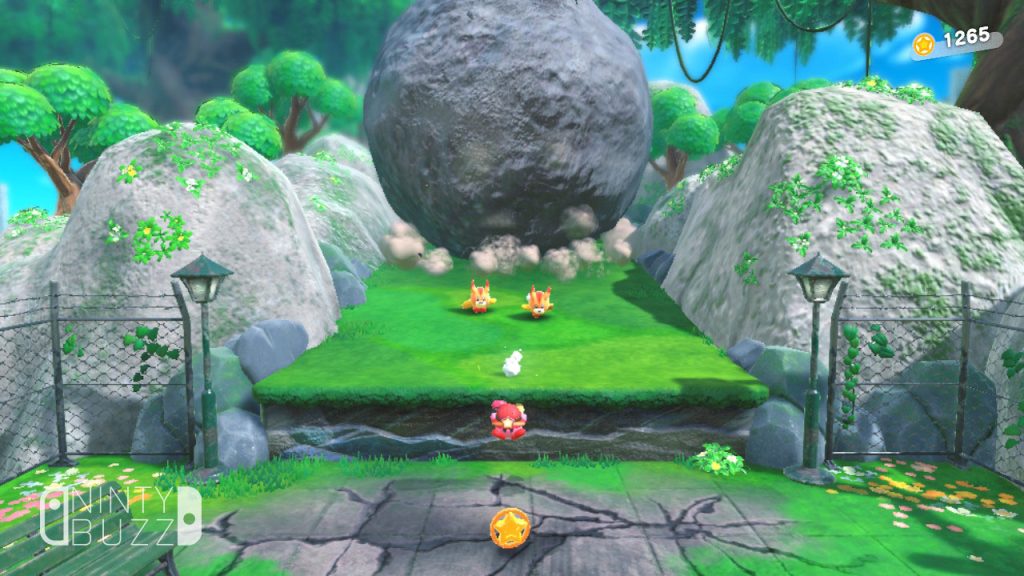
Somehow, Forgotten Land is almost exactly the game I expected it to be. Despite the 3D environment, the game keeps the linear and level-based structure from the most conservative games in the series — think Super Mario 3D World rather than Super Mario Odyssey. I really hoped, contrary to reason, that Kirby would get another shot at open-ended and exploration-based level design, but that’s not what we get here. Oh well, maybe in another 30 years.
Still, that is not to say that the game disappoints being what it is. For years I’ve seen Kirby as the perfect entry point for kids getting into gaming and Forgotten Land provides that same sort of environment — although I’m quite certain kids today are well familiar with 3D games. It’s a joyful and relaxing experience with creative locations and a nice amount of secrets and collectibles to discover in each level, even if it feels conservative compared to Mario’s offerings.
Caught in an interdimensional rift, Kirby ends up in a completely foreign world — that looks surprisingly like ours — and must face a new threat in the form of the Beast Pack. I don’t think anyone comes to Kirby games for its narrative excellence, but the shift to a world somewhat based in reality provides an intriguing complement to the game’s plunge into 3D. There are also some fun twists involving the appearance of some classic Kirby rivals and an appropriately epic finale.
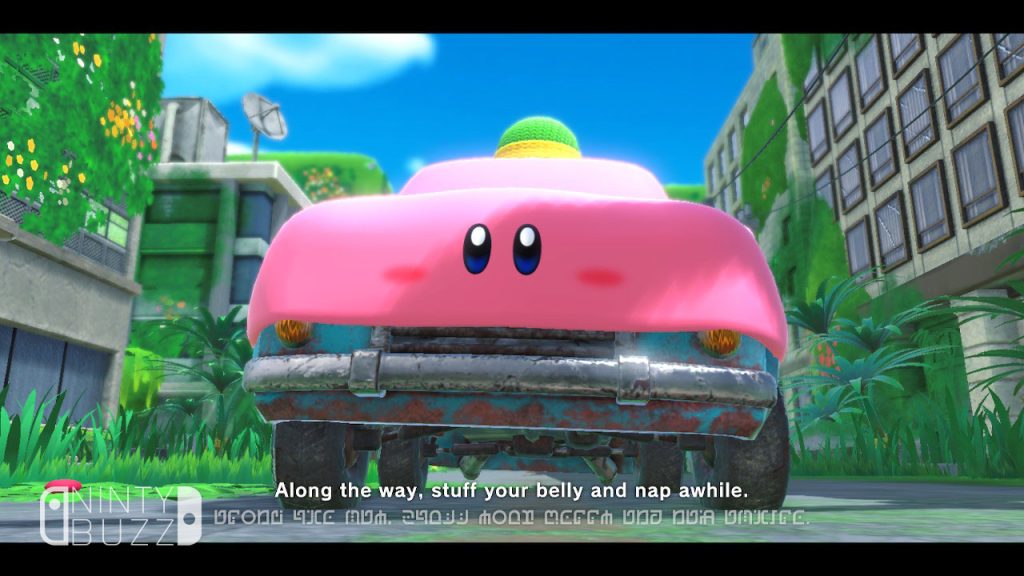
Kirby’s main objective this time is to rescue Waddle Dees (since when were they promoted from generic baddies?) captured by the Beast Pack and we do that by completing levels and specific tasks within them. Some are quite obvious and hard to miss, while others require a careful attention to details and hints around the level. Unfortunately, the linear structure of the levels means that it’s all too easy to miss a secret and lose the opportunity to get it without restarting the whole thing. The nice part is that the game gives you concrete hints if you complete a level without finding all of its secrets. Ultimately, I decided not to focus on 100% completion during my playthrough, as that would require playing nearly all the levels twice, but I’m not against the idea of returning to the game later to collect what I missed.
Collecting the Waddle Dees allows the expansion of Waddle Dee Town, a sort of hub area that provides several activities for Kirby to enjoy outside of the levels, like minigames and a colosseum mode. It’s also where you can manage your copy abilities. Speaking of which, there’s also an interesting change in how copy abilities are handled this time. Rather than providing a plethora of options, HAL decided to focus on a smaller number of powers that can be upgraded as we proceed through the adventure.
There are only 12 abilities (well, one of them is Sleep, so… 11?) including classics like Sword and Bomb and the new Ranger and Drill. All of them can be upgraded, increasing their attack power, speed or adding new movements to their moveset. It’s fun to unlock these upgrades and understand what are the unique advantages of each ability.
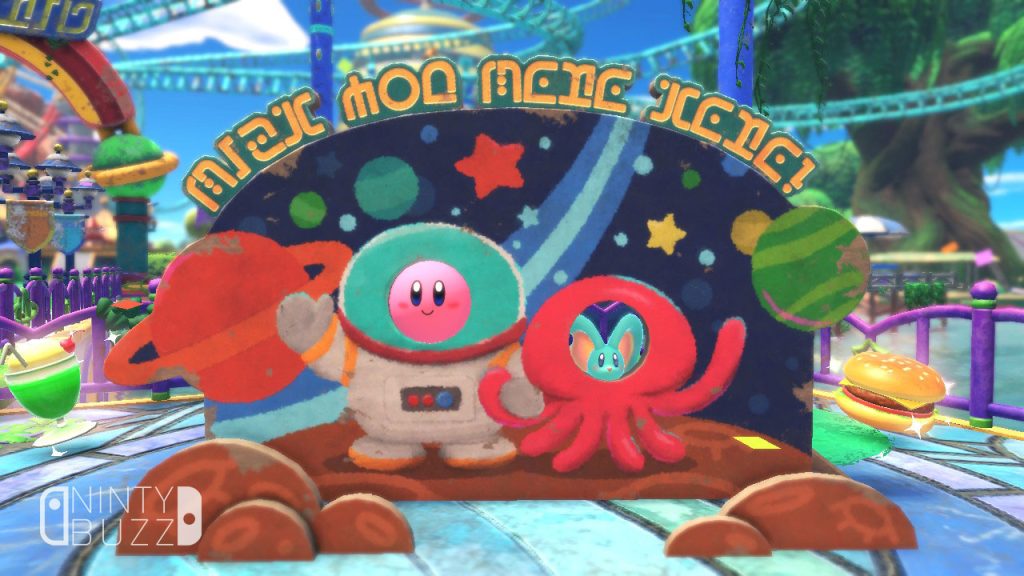
Although of course it wouldn’t be a Kirby game without a game-defining gimmick. This comes in the form of Mouthful Mode, which allows Kirby to inhale objects much larger than himself and use them to defeat enemies and solve puzzles. There’s also not a huge amount of Mouthful objects, but it was honestly more than I expected. These powers offer a nice sense of variety and dynamic to the levels and they’re often used in very creative and fun ways, such as race tracks with Car Mouth and dark labyrinths with Light-Bulb Mouth.
Both copy abilities and Mouthful Modes have their time to shine in the bonus mini-levels, each focusing specifically on one tool in Kirby’s arsenal. Completing these levels grants the items needed to upgrade abilities and provide robust three-step level design activities to make sure the player is well acquainted with their options. Unfortunately, these skills rarely see use in the regular stages — there are few puzzles that require specific abilities and, as far as I remember, no enemies with particular weaknesses.
While Forgotten Land has a bright and charming aesthetic, I can’t help but feel it’s yet another game that shows the Switch’s age. It does look much better than, say, Pokémon Legends: Arceus and it runs well enough at 30fps — although that is still disappointing compared to the Mario games, which have a more comparable scope and run at 60fps. However, there is severe pop-in in fast-paced levels and it can be quite jarring when objects and enemies a little far from the camera refresh at just 15fps. Luckily, the game still controls well despite these compromises and presents similar performance in both docked and handheld modes. More and more I see myself using the Switch as a primarily handheld device — the low resolution and framerate just doesn’t cut it for me anymore when playing on a large TV. Alas, this is not so much a fault of the game as of the platform it runs on.
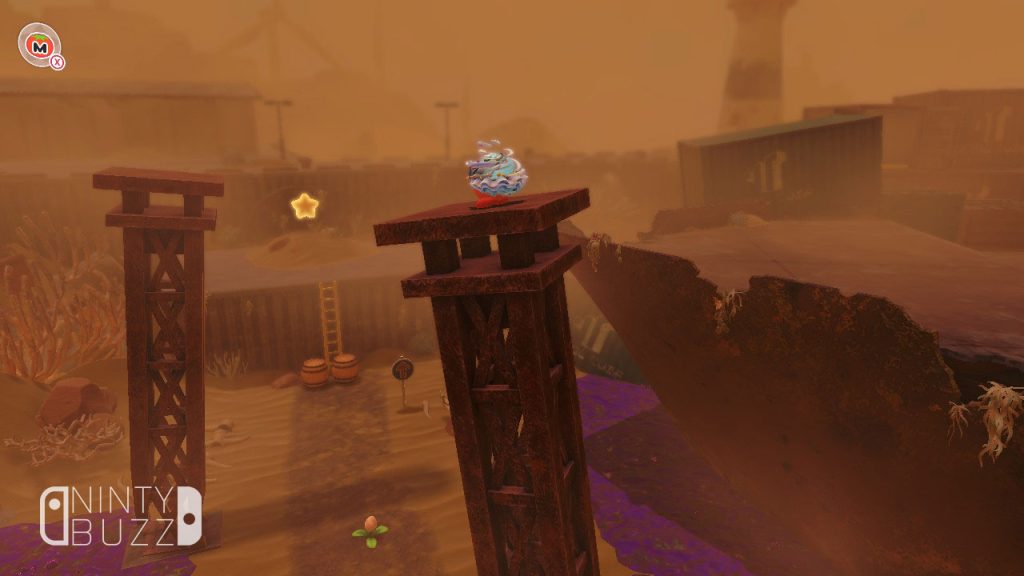
Kirby and the Forgotten Land is an interesting new direction for HAL and its pink mascot. On one hand, it shows unprecedented ambition from the studio by finally making the jump to 3D; on the other, most other elements in the game lack that same sense of ambition, even if they are fun and enjoyable in their own right. 20 years ago, this would’ve been a revolutionary 3D platformer — in 2022, it doesn’t really go beyond expectations. I have to admit, though, that I’m glad that it exists and I’ll definitely keep an eye on Kirby’s next adventures.
Score — 4 out of 5

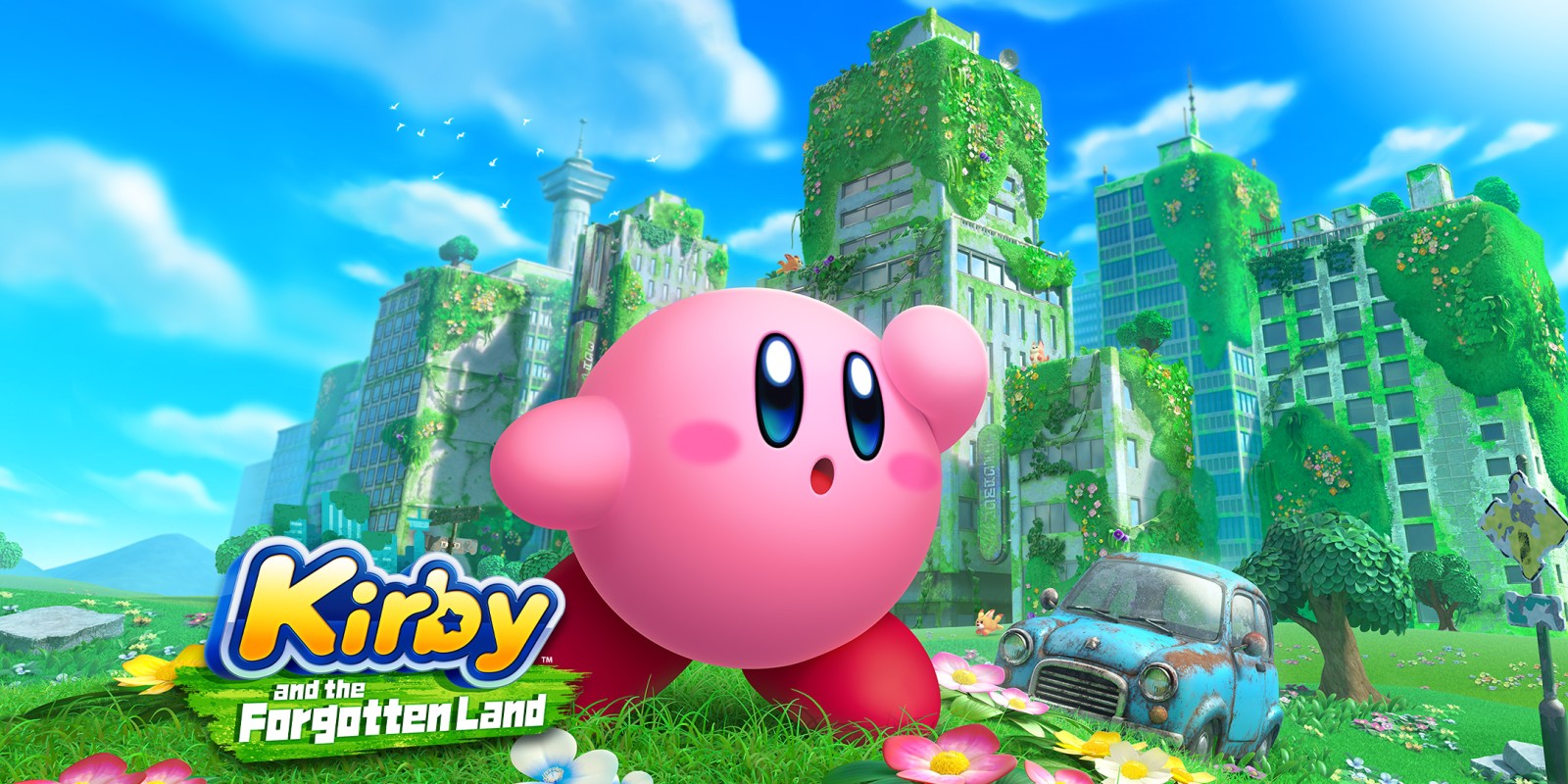
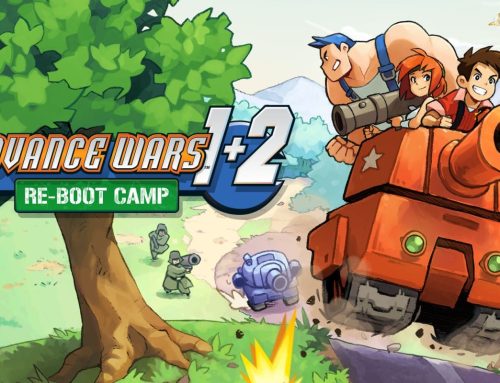
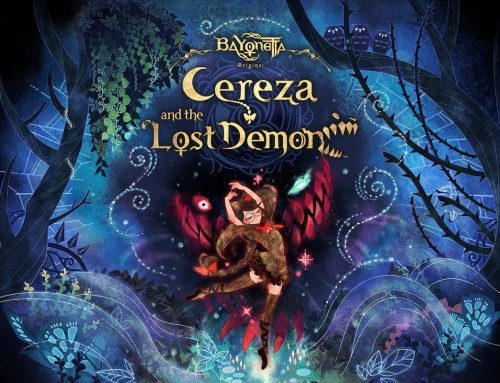
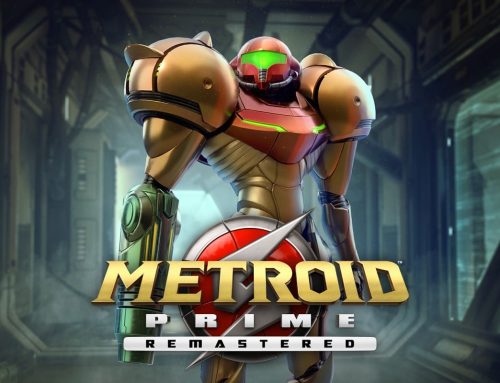
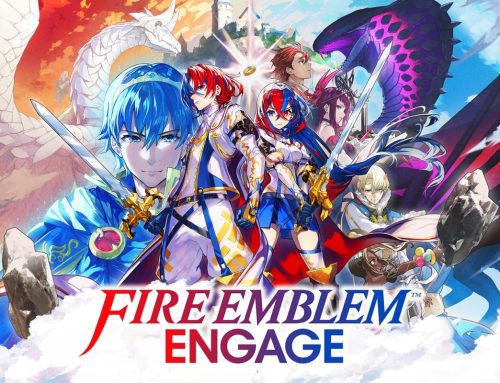
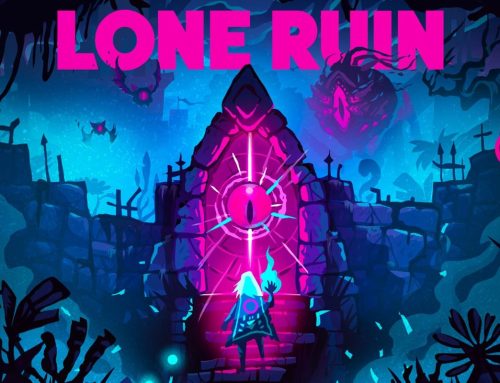
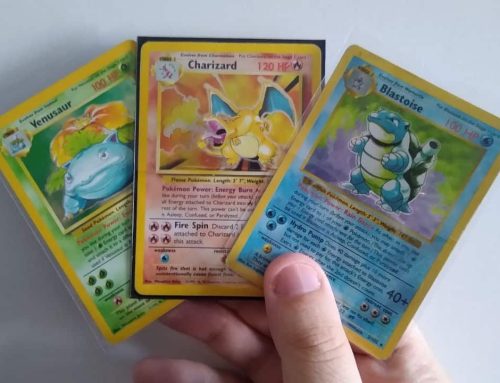
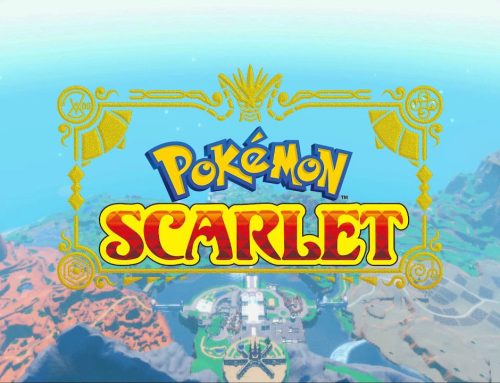
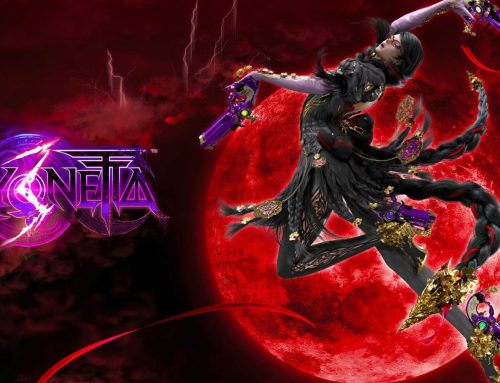
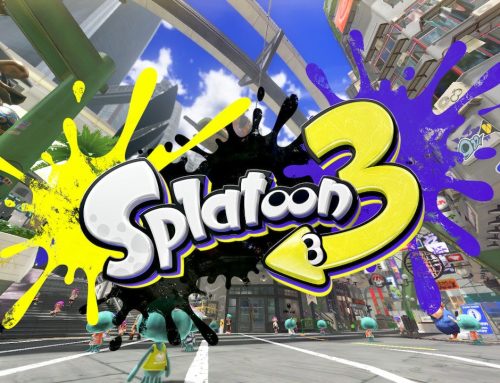
Leave A Comment
You must be logged in to post a comment.